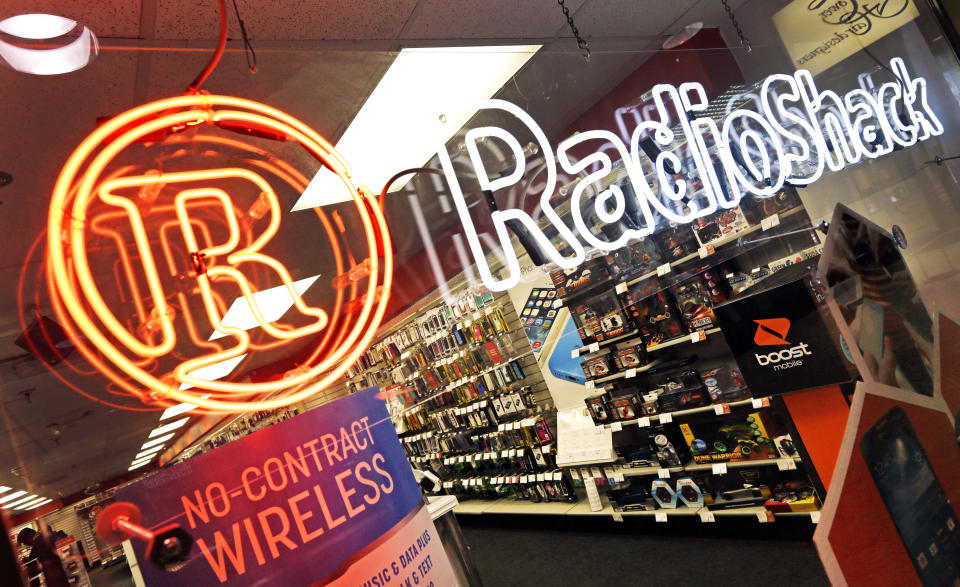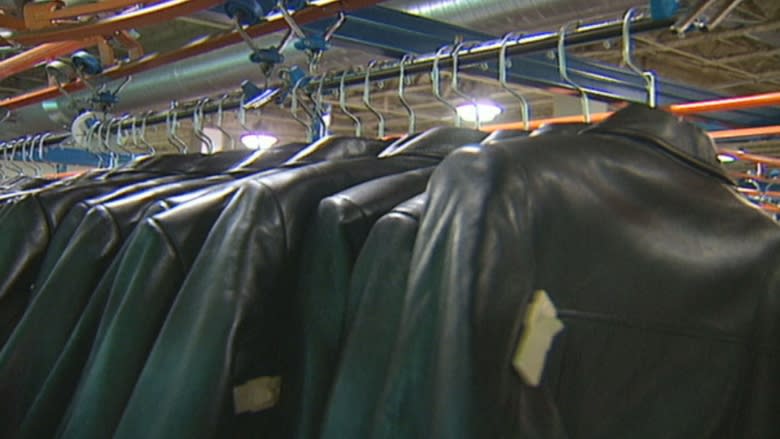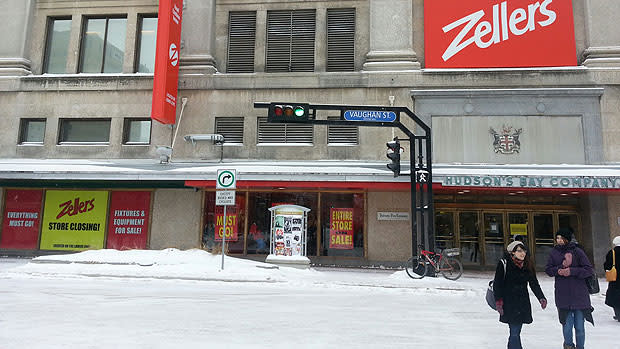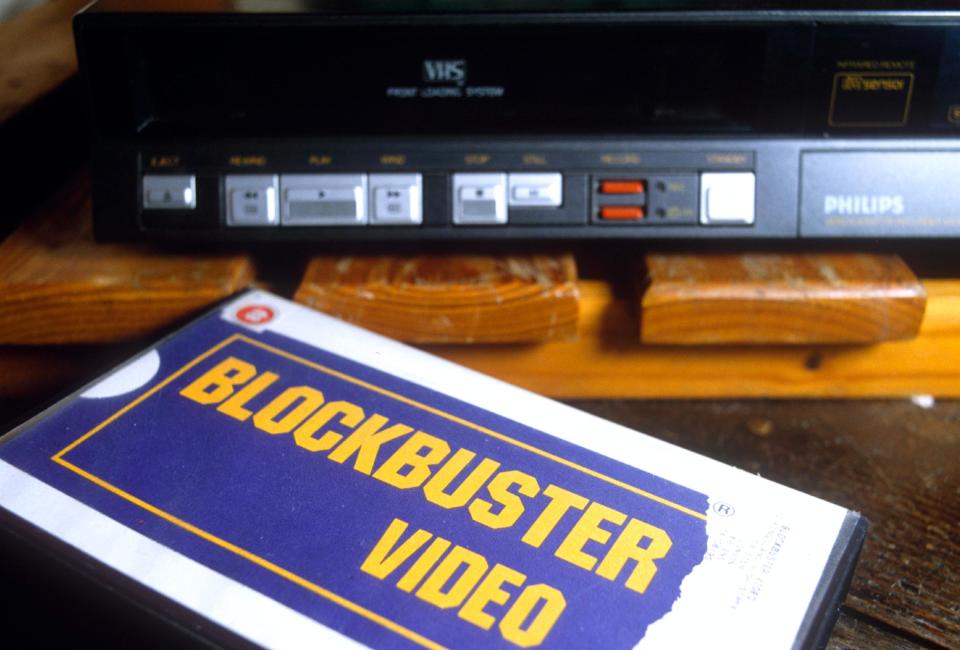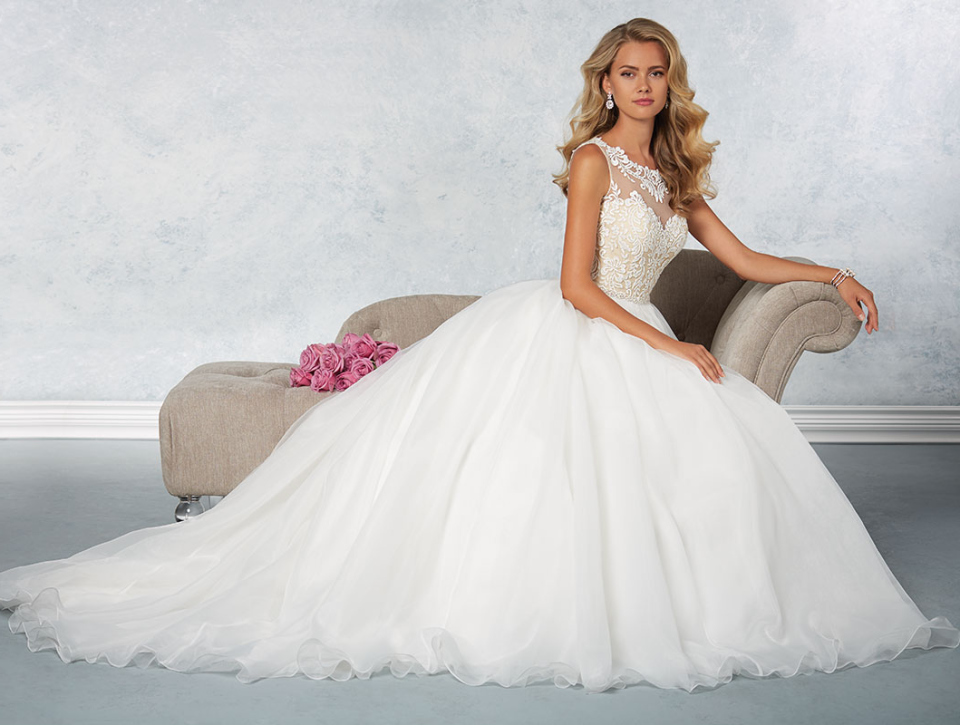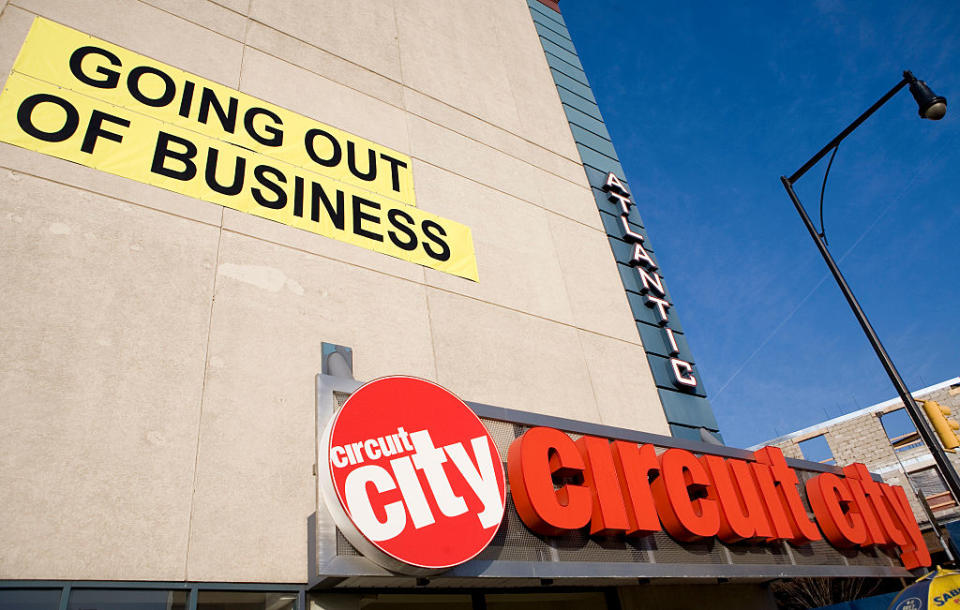Companies we've said goodbye to (or soon will be) but will never be forgotten (right?)
haveThe retail industry continues to suffer and the number of U.S. retail stores that closed in 2017 alone was well over 6,000. 2018 has already got a running list of retailers thought to follow suit with names like Bebe and Walgreens among the bunch of companies expected to close more stores. Then there’s the announcements of companies like Sears and Toys R Us closing their doors for good, which for some came as a surprise, but retail expert Doug Stephens says more could have been done to help refresh the brands before this all happened–much involving amping up the shopping experience and understanding how to reinvent space and create new environments.
“Sears was a disaster, it was just an absolutely unmitigated disaster and there are situations where companies could have extended their run but failed to see the writings on the wall,” says Stephens.
Stephens explains how 40 or 50 years ago department stores were the starting point to shopping. “If you didn’t know what you wanted exactly you’d first go to the mall and you’d start the journey oftentimes in a department store to figure out what you want.” This isn’t the case today as more people are sifting through digital information first before making their purchases. “60 per cent of retail journeys are now influenced somehow by digital,” he adds.
It’s not just about seeing department stores as a starting point or not though, Stephens believes the department store format is outdated.
He suggests that in the case of Sears, they should’ve reimagined what their brand was about and even after five different CEOs in six years took on the task, Sears just didn’t seem to get where it was going wrong (or neglected to map it out effectively). He thinks any company fearing a demise in this market should really consider little things like logos, rebranding, bringing in celebrities to talk about their collections or products and making things more event-like. Having so much space, Stephens says “[Sears] could have used that as a show space and they didn’t, they just kept trying to sell lawn mowers and beds, sweaters, that sort of thing.” They just kept “rearranging the deck chairs on the Titanic.”
Thinking retailers only need to refresh the feel and look of their brand about every seven years is an antiquated one, Stephen notes. “Today that figure is more like every 40 to 60 days,” he adds. “There’s a new iPhone every six months, there’s a new kind of ‘It’ social network every year or so…consumers nowadays have this sort of expectation of continuing variety so what’s new, what’s next,” and new alternatives are constantly being sought to serve. “We’re coming out of an era where people shopped the same stores and bought the same products for years or decades at a time, now we are conditioned differently and the net and social media has definitely contributed to that.”
Now of course it’s not always all about the lack of innovation, rebranding and understanding audiences though, Stephens says a crippling debt is hard to overcome, as seen with Toys R Us.
“Toys R Us is a bit of an oddball case because of its private equity situation and the amount of debt they had. At one point they were paying half a billion dollars a year in interest on their debt,” he says. “So we can’t discount the adverse problem that would have, you know this was a profitable company that simply crumbled under the amount of debt that was place on it.”
For Toys R Us more focus should’ve been about creating an operation around fun and entertainment for children and their families, according to Stephens. He thinks that making the company’s space more interactive, where kids could and do spend hours, might have “led them into different revenue streams like vacation travel for families and children.” He also states that more should’ve been done to create activity online so kids had stuff to do, and come back to do, again and again.
But not all retailers are sinking their stock. Stephens says companies like Forever 21 and Zara are doing a good job at making sure they’re reinvigorating the brand, but also keeping people interested. Shopping behaviours have changed and some retailers have kept up to speed with this change.
“Forever 21 and Zara don’t even really release seasonal collections anymore,” Stephens notes. “Every time you go to the store there’s new stuff.” For him, it’s more about “physical retail becoming a very colourful form of media” and the brands that have done the best job in retail (in the physical store sense) are the brands that are “treating the experience they give consumers in those stores as the product so they’re really looking at telling the brand’s story, getting consumers involved, inspiring them to try and play, and using them as a means to shop online instead of focusing on how much is sold in store.
Stephens outlines two different marketplaces that consumers are gravitating towards: the 24/7 convenience of access which is “frictionless an easy,” and “super high fidelity experiences” which could come with a higher price tag. “Theres a level of concierge services, there’s a sort of rich story around the company, or emotional connection…if you’re a retailer at either end I think you’re going to do just fine, but many in the vacuous middle have been steamrolled.”
Here’s more on the retailers that got just that: steamrolled.

 Yahoo News
Yahoo News 
